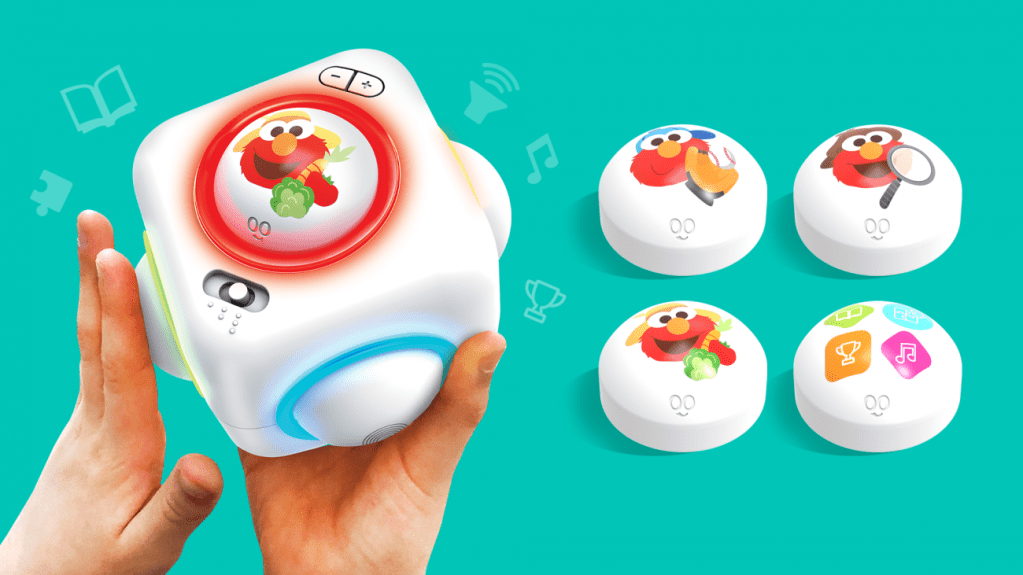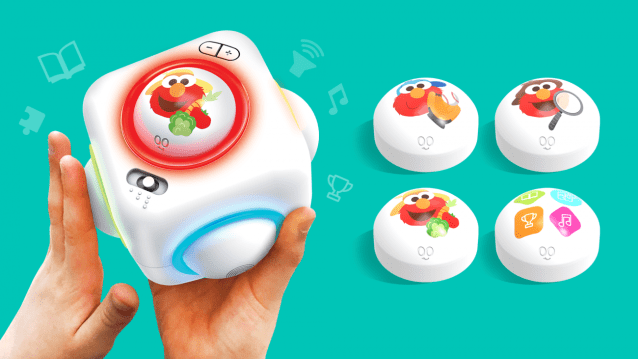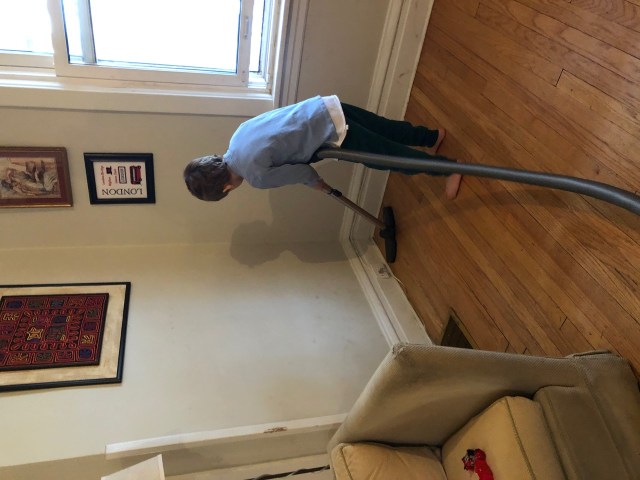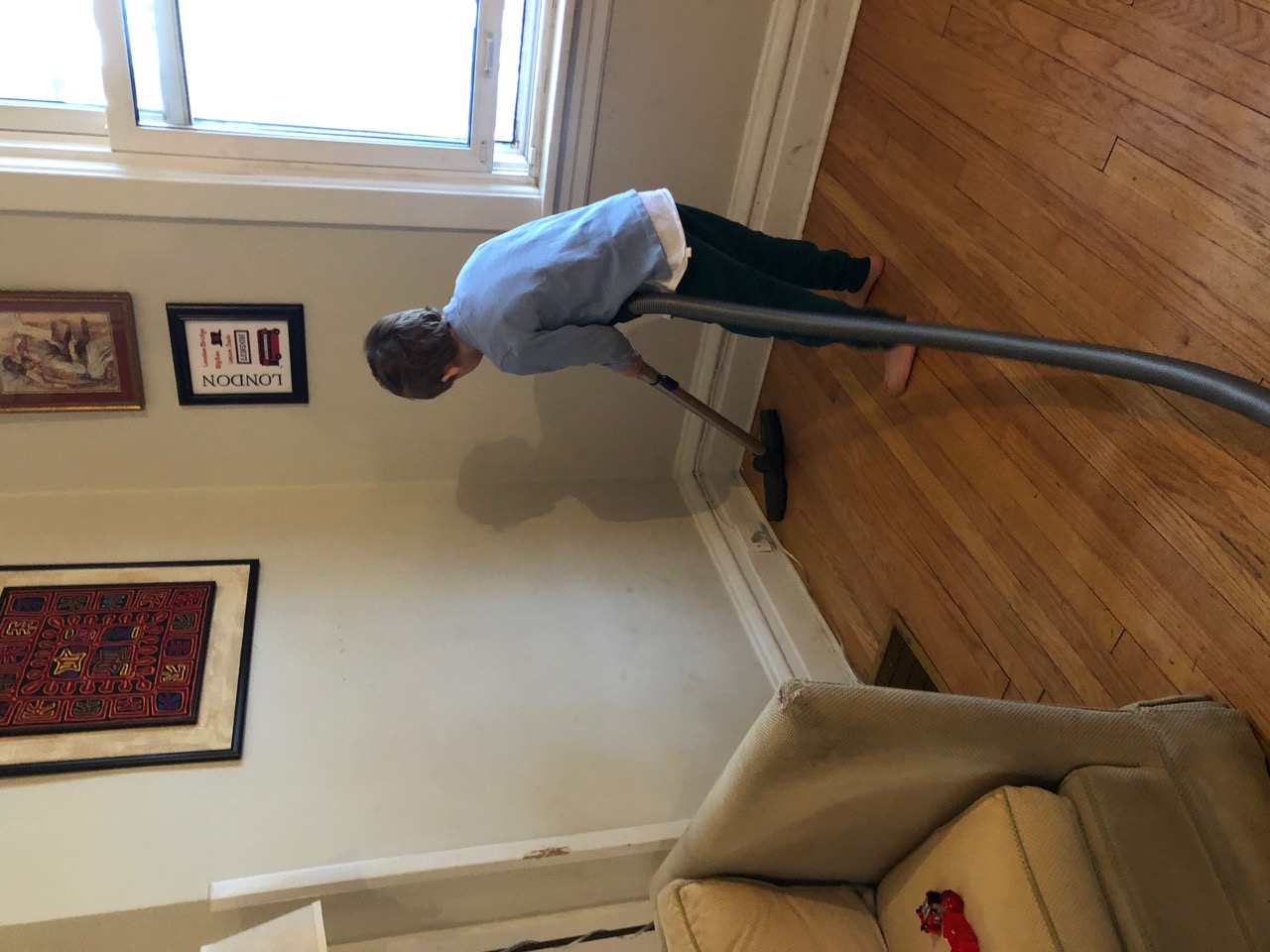
October is TeenTober. According to the American Library Association, this celebration “aims to celebrate teens, promote year-round teen services and the innovative ways teen services helps teens learn new skills, and fuel their passions in and outside the library, allowing libraries the flexibility to celebrate all types of literacies.” I love that we have this resource to encourage our teens, but we need to do our part too. So here are some tips to motivate your teen to read.
1. Be a Role Model. Let them see you with a book—be it for learning, work, or for the pure pleasure of it. Let them see you reap the benefits of every kind of reading. Share what you learned or what you loved about the books you read.
2. Read with Them. Maybe it could be a family book-club kind of thing. Pick a book—look for popular teen and YA reads—and read it along with them; you could act out parts as you read aloud! Share your opinions.
3. Read to Them. You are never too old to be read to—so read to them, or better still, have them read to you. I know I enjoy it myself; so read to each other whether it’s an essay or a poem or a joke.
My daughter and I spent some part of the summer reading Little Women to and with each other. She was Amy and Beth and Laurie, I was Marmie, and Jo and Meg, and we shared other parts based on our mood.
4. Provide Access, Time, and Space for Reading. Ensure there is always enough reading material lying around—be it books, comics, magazines, or newspapers. The more access they have to something, the more open they will be to it, and the more easily get into the (reading) habit.
Just like with schoolwork, set aside time (bedtimes, weekends) and space (create a reading nook that is all theirs – it can just be a favorite sofa) for them to read. Even long road trips work as time and space for reading with audiobooks. Books are perfect for when you’re waiting in line somewhere together.
5. Let Them Read Anything. In fact, encourage them! Sometimes the books we enjoy or enjoyed as kids will not work for them, at least not as the hook to lure them in. So let the hook be different, even if it does not work for you. Once they are reading, you can encourage them to expand their horizons—you can then suggest that book you have been dying to get them to read! So whether it is graphic novels or that teen-chick-flick type book or a book not marked as their level of reading, if it sparks their interest, let them read it.
6. Let Them Read in Any Form. You might enjoy that smell of the printed word and relish the joy of holding the book, turning its pages while reading. But if they want to read on their phones (the only con: you need to ensure that they are reading!), let them. If a pair of headphones is what they prefer to enjoy their books, then audiobooks it is for them. While I enjoy the physical book, I totally love the convenience of reading my ebooks, wherever, whenever.
7. Make Connections. Connect reading to their passions and interests. For example, if they love basketball, then maybe Kwame Alexander’s Crossover series might be the hook you need. And if it is a good series, once they read the first one, they will want to read the next; and soon they are reading more. (Remember how Harry Potter got a whole generation reading)
8. It is OK to Have Opinions. Show that it is OK to be passionate about what you read—to love or hate characters, DNF books, or more. Do not criticize them for differing opinions. Healthy debates are always fine, but criticism might discourage the reading habit. If they don’t like a book and choose not to finish that one, it is OK; all the more time to read the books they will enjoy!
9. It is Wonderful to Share Opinions. Encourage them to share those opinions—with family, friends, or on review sites, their own or other’s blogs, or other social media if they want.. that might encourage them to read more.. you never know.
10. Visit Places with Books. Make libraries and bookstores regular family haunts. Return with more books than you can read. It is OK. Used bookstores are such wonderful places and they might realize that finding books there is like finding treasure at the end of a treasure hunt.
11. Add a Fun Element. Make it a movie (or TV show) night. Watch movies or shows based on books (the book first, preferably). Compare and contrast; make a game of it—the book or the movie? Why?
A reading challenge can be fun too. There are so many ideas out there; find one that piques their interest and let them challenge themselves, all for the fun of it. Look to libraries, bookstores, and online for ideas.
Or pick any one of the many literary celebrations and celebrate it. You could also check out the National Day Calendar and connect a book to a celebration, and read it.
12. Encourage Them to Write. Reading and writing are closely connected; one habit leads to the other. Maybe you can write with them—a limerick, a short story, in a journal. Read those aloud to each other!
13. Show That Reading, Readers, Books are Everywhere. Point out role models who love reading—celebrities they love, social media stars they follow. Many recommend books via social media or on their websites, and many of them have book clubs too. Make your teens aware so they can check it out for themselves.
14. Make Reading Relative. Point out book-based points of interest locality and during your travels.
Hope you find these tips useful! Share your tips for encouraging your teens to read too!
Someone who loves family, reading, writing and the rest of it, in that order—and writes with the hope that my readers relax a bit, learn some more and leave with a smile on their faces, facts in their brains, a spring in their step and a desire to return (of course)!






























